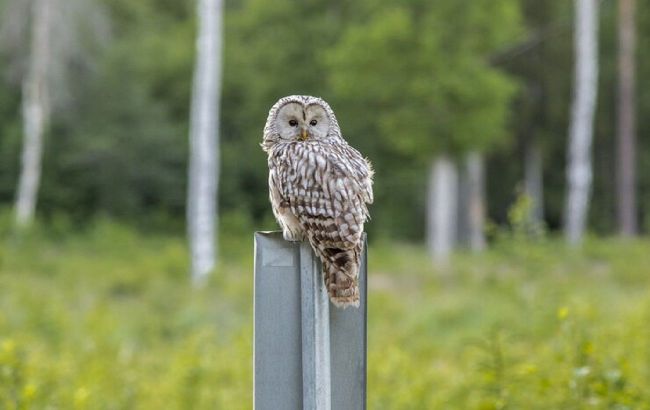Top 5 facts about owls that impress with their abilities
 Interesting facts about owls (photo: freepik.com)
Interesting facts about owls (photo: freepik.com)
Owls are enigmatic birds that continue to astonish with their unique characteristics. Facts about their feeding, breeding, and behavior can amaze even the most ardent nature enthusiasts.
A group of owls is called a parliament
When owls gather, their assembly is sometimes referred to as a parliament, a congress, or, less commonly, a gaze. While the exact origin of the term is unknown, it likely stems from the association of owls with wisdom, similar to how officials convene to discuss important matters.
The popularity of this term may also be linked to C.S. Lewis's The Chronicles of Narnia, where the term parliament describes a fictional assembly of owls.
Owls don't like to build their nests
Instead, they often occupy nests left by other birds, such as ravens, hawks, or even squirrels. Some owls prefer hollows or tree forks for shelter.
For instance, elf owls sometimes inhabit saguaro cacti, where woodpeckers have already drilled out cavities. Additionally, some owls in open areas nest directly on the ground or use previously mentioned burrows.
Owls show a gradual interest in mating
To mate, they must overcome a natural fear of each other. Males bring gifts to the larger female to demonstrate their intentions and may perform a sky dance, executing aerial tricks.
Males can spend several hours overcoming their fear and approaching the female. After mating, owls spend considerable time together, caring for each other.
The number of eggs an owl lays depends on food availability
If food is scarce, an owl may not lay any eggs. In other cases, the female may lay between one and fourteen eggs, depending on the species. During the incubation period, the female loses belly feathers to ensure her warm skin can maintain direct contact with the eggs, keeping them even warmer.
The chicks hatch 3-5 weeks after the eggs are laid, and hatching occurs in the order the eggs were laid. This phenomenon is known as asynchronous hatching.
Owls don't chew their food
They lack teeth in their beaks to chew their prey. Instead, they swallow food whole or in large chunks. Once in the stomach, anything indigestible, such as bones, fur, and insect exoskeletons, forms oval pellets.
These pellets are regurgitated by the owl while resting during the day and typically accumulate under the nest. Biologists use these pellets to study the birds' diet.
Earlier, we shared a post about aliens among us: the top 5 animals that will surprise everyone.
Sources: Animals How Stuff Works, Tree Hugger.

